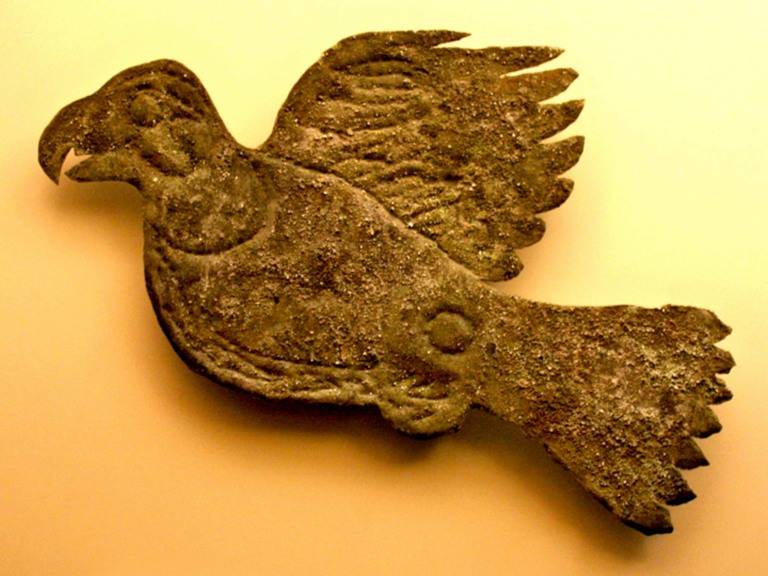
The Hopewell Culture is an ancient Native American cultural phenomenon that thrived in the Ohio region of the United States. This culture, which emerged between 100 BCE and 500 CE, is known for its distinctive earthworks, elaborate burial mounds, and extensive trade networks that spanned across much of eastern North America. The Hopewell people are named after the owner of a farm near Chillicothe, Ohio, where the first Hopewell site was excavated in the 19th century. The Hopewell people are also renowned for their elaborate burial practices. They constructed burial mounds, often in the shape of conical mounds, which contained rich grave goods, including exotic materials like copper, mica, shells, and rare artifacts. The meticulous construction of these mounds and the items buried within them suggest complex ceremonial and religious practices. Some mounds, like those at Mound City in Ohio, contained burial chambers with multiple individuals.
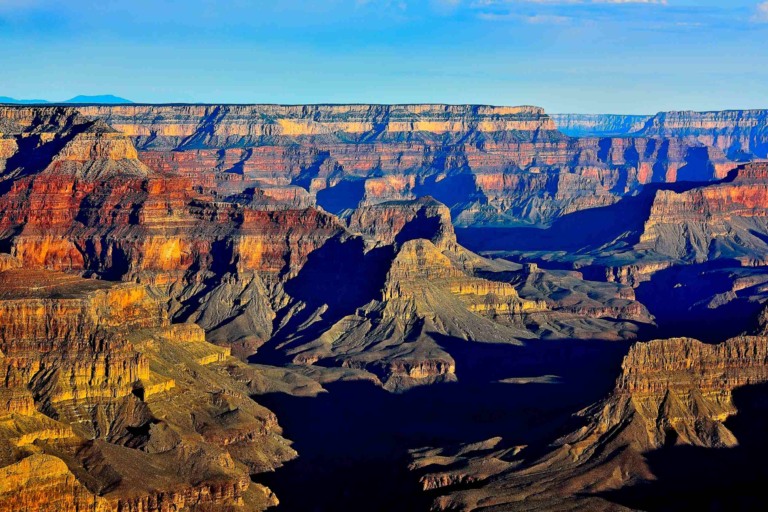
Grand Canyon National Park, located in Arizona, is one of the most iconic and breathtaking natural wonders in the United States. The park is not only a geological marvel but also a place of immense beauty and natural diversity. Whether you're admiring the vistas from the rim, exploring the depths of the canyon, or engaging in outdoor adventures, the Grand Canyon offers an unforgettable experience for all who visit. Over millions of years, the Colorado River has carved the canyon, revealing more than 2 billion years of Earth's geological history in its exposed rock layers and formations that tell the story of the planet's evolution. Within the park, diverse landscapes include high cliffs, fields, deserts, forests, cinder cones, magma streams, rivers, waterfalls, and a pristine whitewater river. It showcases how different landscapes evolved at various elevations as the Colorado River carved deeper into the canyon. Here is an overview of Grand Canyon National Park:
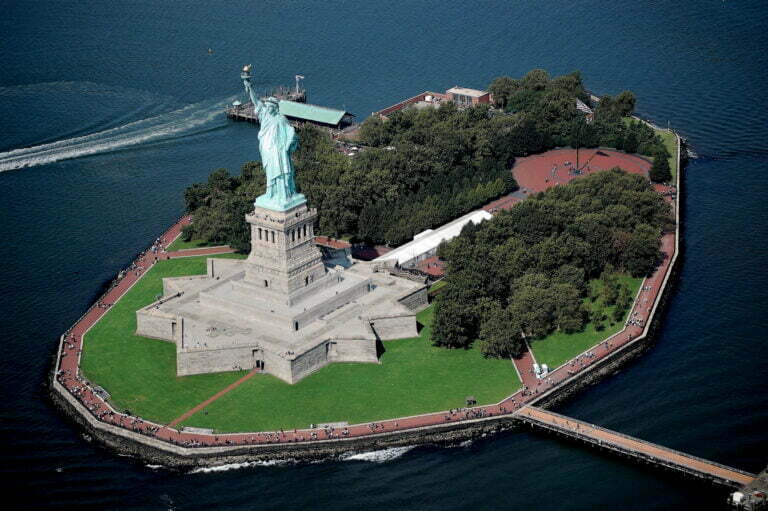
The Statue of Liberty, an iconic symbol of freedom, stands proudly on Liberty Island at the entrance to New York Harbor in the United States. This colossal statue is made of thin copper sheets, carefully shaped over a sturdy steel framework. It was a remarkable gift from France, given on the occasion of the United States’ centennial celebration. Sculptor Frédéric Bartholdi, in collaboration with engineer Gustave Eiffel, crafted this masterpiece, which was considered a remarkable fusion of art and engineering, marking one of the most significant technical achievements of the 19th century. Perched atop its grand pedestal, designed by American architect Richard Morris Hunt, the Statue of Liberty has been a symbol of welcome for countless immigrants since its dedication in 1886. Following its dedication, the Statue of Liberty swiftly became an enduring icon of freedom and of the United States itself. It stands as a powerful symbol of hope and welcome, particularly for those arriving in the United States by sea, and serves as a reminder of the nation’s commitment to liberty and equality.

Wrangell-St. Elias National Park in Alaska is the largest national park in the US with over 13 million acres, a UNESCO World Heritage Site since 1979.

Monticello Thomas Jefferson: Monticello and the University of Virginia in Charlottesville were added to the list of World Heritage Sites by UNESCO in 1987.

The 20th-Century Architecture of Frank Lloyd Wright is a group of eight buildings across the United States that are all UNESCO World Heritage Sites.
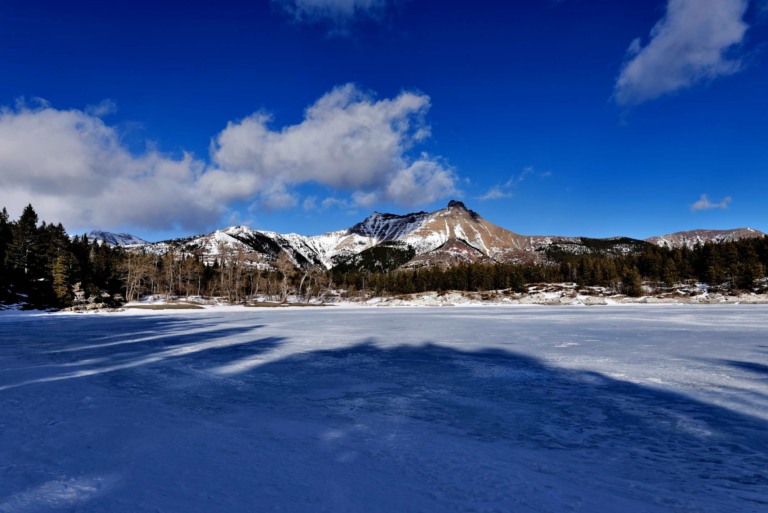
Waterton Glacier International Peace Park, includes Waterton Lakes National Park in Canada and Glacier National Park in the US, are UNESCO World Heritage Sites.
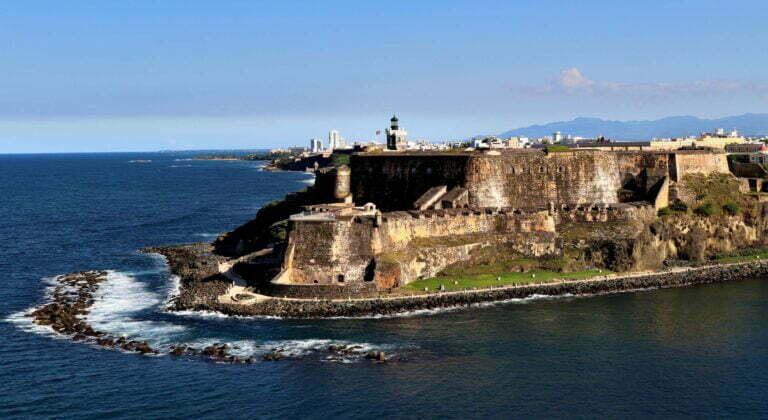
La Fortaleza and San Juan National Historic Site in Puerto Rico, USA, were designated as UNESCO World Heritage Sites in 1983.

Papahanaumokuakea Marine National Monument in Honolulu, USA, has been a UNESCO World Heritage Site since 2010. It's 250 km from Hawaii's main islands.

Poverty Point State Historic Site, located in northeastern Louisiana, holds a unique place in American archaeology. This prehistoric earthwork was constructed by the ancient culture, which extended its influence across the Southeastern Woodlands of the Southern United States and covered a vast territory, spanning 100 miles across the Mississippi Delta and south to the Gulf Coast. The centerpiece of Poverty Point comprises a series of earthen ridges, mounds, and a central plaza, forming a unique geometric design that became apparent through aerial photographs. The six concentric C-shaped ridges, separated by swales, are distinct from Poverty Point. Although the ridges' height and width have been affected by centuries of plowing, archaeologists believe they were once taller and more massive. Radiocarbon dating suggests the ridges were constructed between 1600 and 1300 BCE. The central plaza, encompassed by the innermost ridge, has been significantly modified, with evidence of wooden posts hinting at their integral role in the site. Here's a brief overview of Poverty Point:

Glacier Bay National Park and Preserve on the Gulf of Alaska, a huge natural region in southeastern Alaska, was a UNESCO World Heritage Site from 1992.
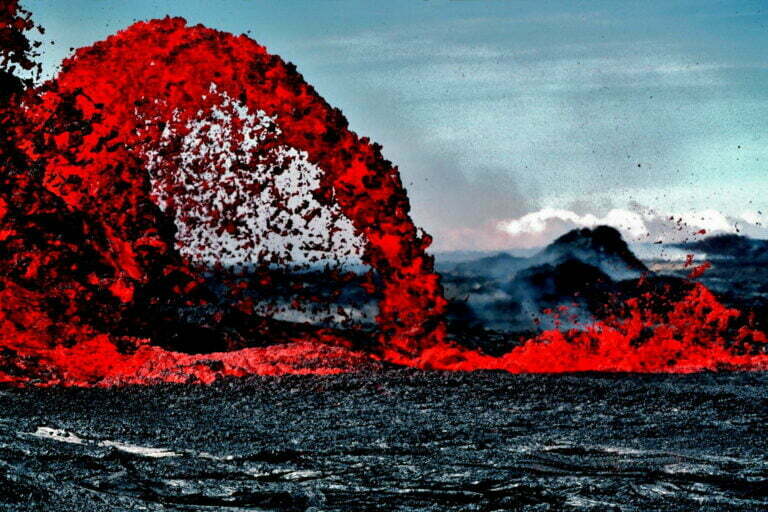
Hawaii Volcanoes National Park is an area along the southeastern shore of the island of Hawaii, U.S., a UNESCO World Heritage Site since 1987.











